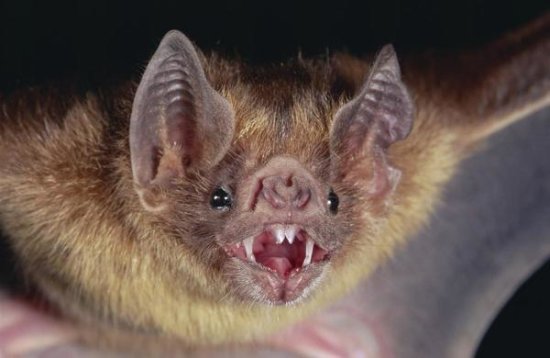
Bats are remarkable creatures. They are the only mammals capable of sustained flight making them standouts in the animal kingdom.
The secret to their flying prowess lies in their unique wing structure. While birds have feathers … that allow them to generate lift, bats have elongated arm bones and a membrane of skin, creating wings similar in structure to a human hand, but stretched between the fingers. This wing design permits bats to manipulate the shape of their wings to generate lift, thrust, and control, allowing for agile and sustained flight.
Bats also have highly developed flight muscles, specialized for the demanding task of keeping them airborne. They possess a keen echolocation system making it possible for them to navigate and hunt in the dark. Their unique adaptations has enabled them to live in a wide range of ecological niches from dense rainforests to arid deserts.
Bats play a major ecological role. They are crucial for pollination, seed dispersal, and insect control, benefiting ecosystems and agriculture. Their ability for sustained flight underscores the fascinating ways in which evolution has shaped life on Earth and highlights the importance of biodiversity in maintaining the delicate balance of our planet’s ecosystems.
© 2023 JUST WALL DECOR. ALL RIGHTS RESERVED